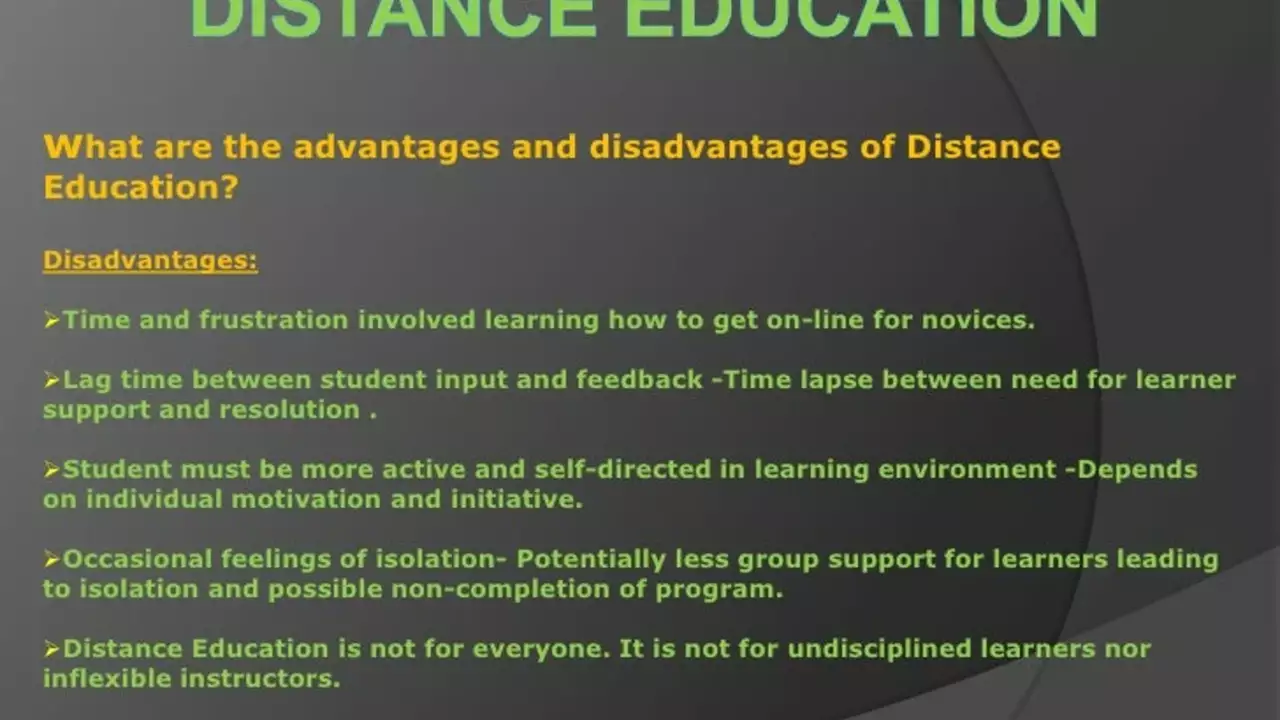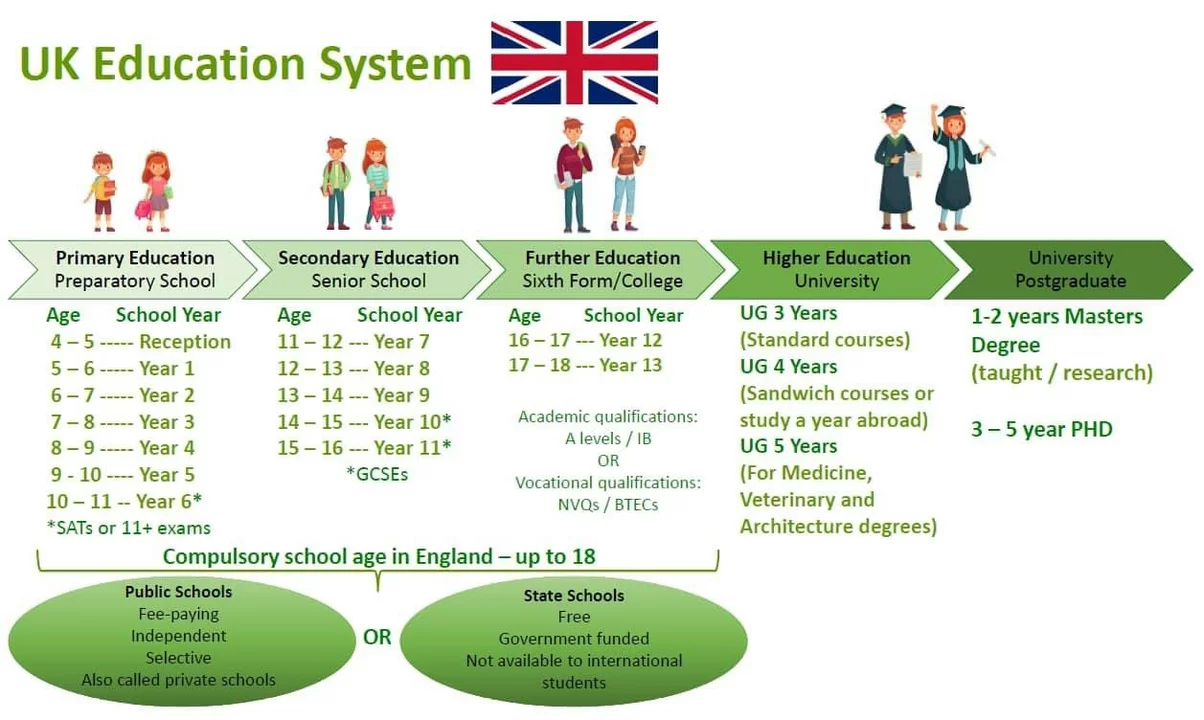Why Knowing the Benefits Makes All the Difference
Ever wonder why some students seem to fly through exams while others struggle? A big part of the answer lies in the benefits they tap into – from cutting‑edge teaching styles to financing tricks that keep stress low. Let’s break down the most useful advantages you can start using right now.
Learning Benefits You Can Feel Today
First up, modern education isn’t just about sitting in a lecture hall. Project‑based learning, for example, lets you solve real problems instead of memorizing facts. That means you actually practice what you learn, and retention shoots up. The flipped classroom does the opposite of a traditional class: you watch short video lessons at home and use class time for discussions and hands‑on work. This swap gives you more interaction with teachers and peers, which research shows improves confidence.
Another win is personalized learning. Adaptive platforms track where you’re strong and where you need help, then serve up practice that fits your pace. No more wasted time on stuff you already know. Plus, digital literacy is built in automatically – you learn to use tools like spreadsheets, coding apps, and collaborative docs while you study. Those skills pay off the moment you step onto a job interview.
Financing Benefits That Keep Money Stress Away
Now let’s talk money. A lot of students think loans are the only way to pay for college, but there are smarter routes. Fee financing lets you spread tuition into easy monthly payments, often without the interest that comes with a bank loan. If you qualify for a 0% interest education loan – some banks offer them specifically for girls – you can borrow without worrying about the extra cost piling up.
Even if you need a regular loan, look for options that let you repay only when you start earning. Some lenders pause payments for the first year, giving you breathing room after graduation. Comparing the total cost of a loan versus fee financing is simple: add up interest, processing fees, and any hidden charges, then match that against the total you’d pay in installments. The lower number usually wins.
Don’t forget scholarships and merit‑based aid. They’re technically a benefit too, because they don’t require repayment at all. Many universities publish a list of scholarships on their websites – a quick search can uncover hidden money you might qualify for.
Putting the two worlds together, the real power comes from using learning benefits to boost grades while using financing benefits to keep cash flow smooth. When you score high marks, scholarships and merit aid become more accessible, which in turn reduces the amount you need to borrow. It’s a virtuous circle that many students miss because they treat education and money as separate topics.
Bottom line: start by picking a learning method that matches how you absorb information – whether that’s projects, flipped classes, or personalized apps. Then line up the financing route that has the lowest cost and most flexibility for you. The combination of these benefits can turn a stressful college journey into a smoother, more rewarding ride.
What are the benefits of technology in education?
In today's blog post, we delved into the wide-ranging benefits of technology in education. We discovered how it fosters interactive learning, making lessons engaging and easier for students to grasp. We also discussed how technology provides access to a vast amount of information and educational resources, promoting independent learning. Furthermore, it prepares students for the digital future and can offer personalized learning experiences. In a nutshell, technology in education can revolutionize the way we teach and learn.
View MoreHow has your education system benefited/failed you?
My education system has both benefited and failed me in various ways. While it provided me with the foundation for critical thinking and problem-solving, it fell short in terms of practical skills and real-world applications. Additionally, the emphasis on standardized testing and rigid curriculums stifled creativity and individuality. However, the social aspects of school, such as teamwork and communication, were invaluable learning experiences. Overall, the education system should strive for a more balanced approach to better serve students in the long run.
View More
